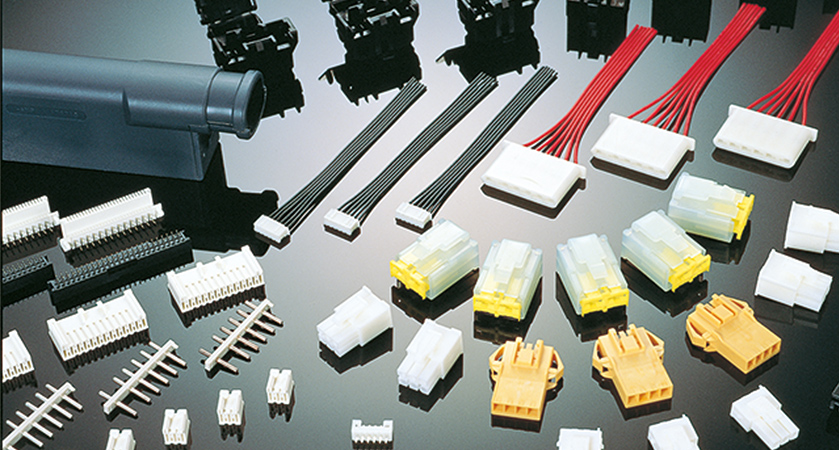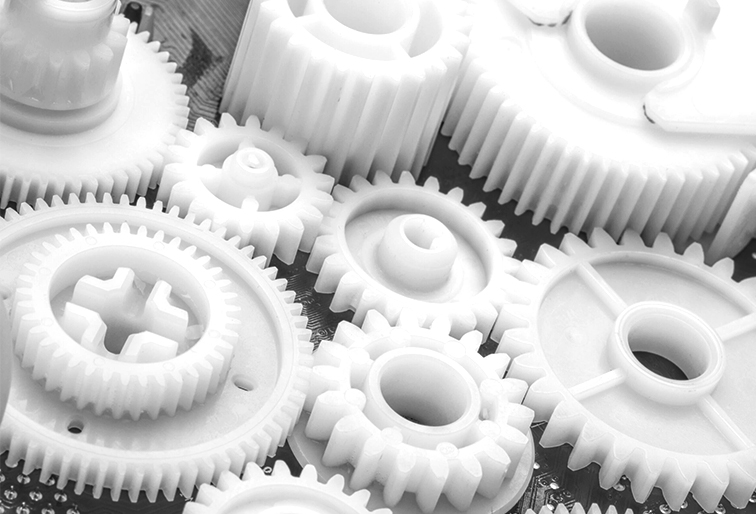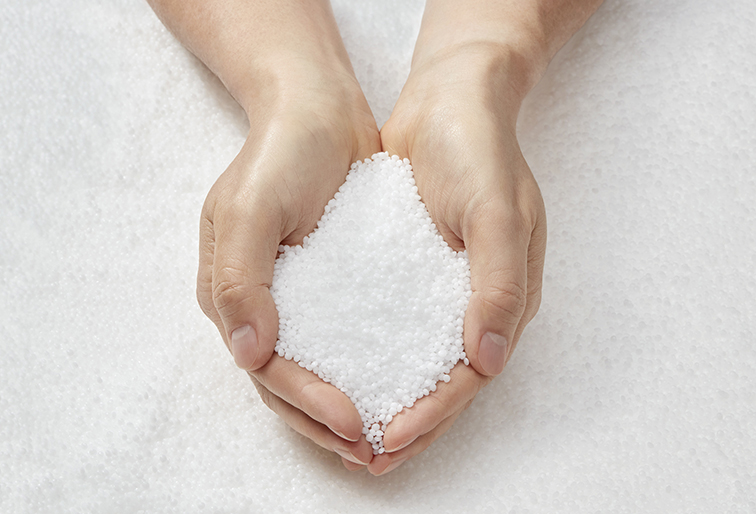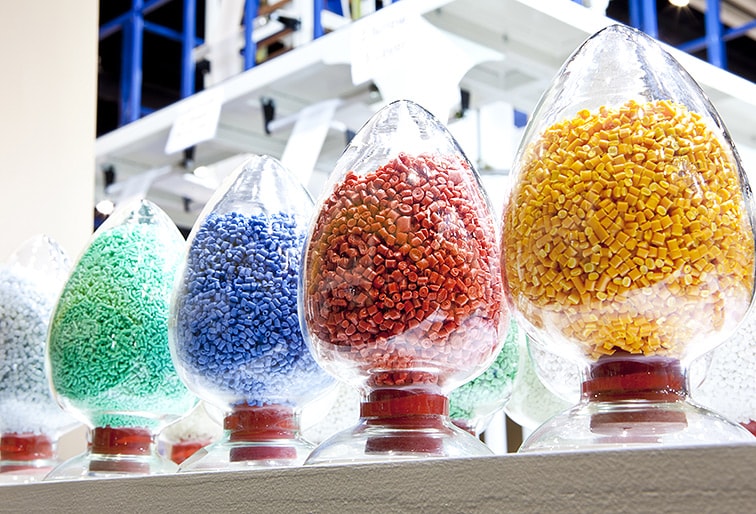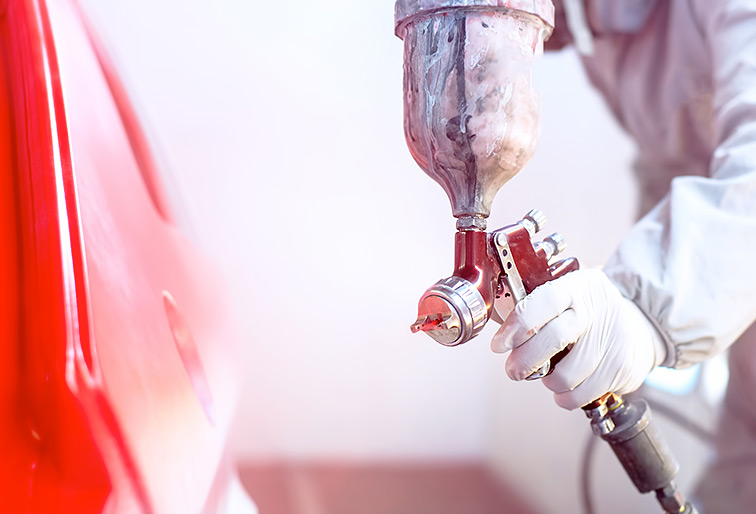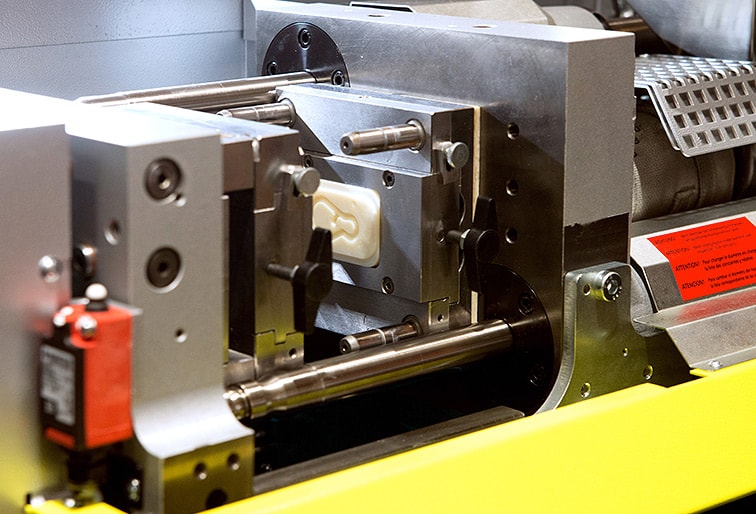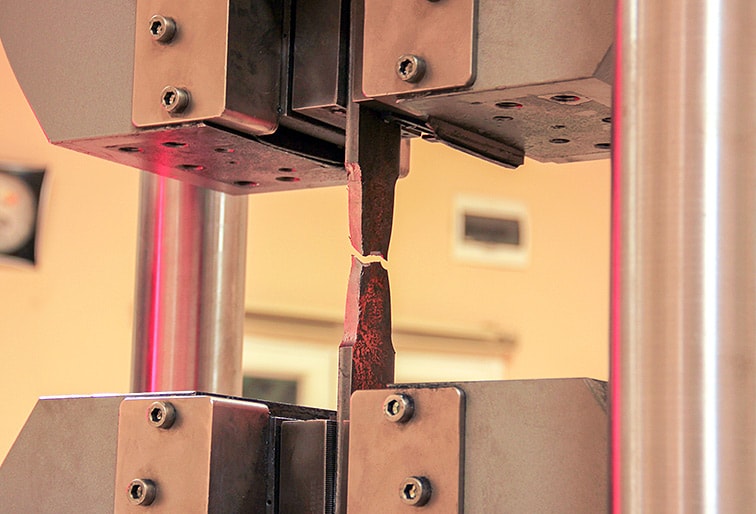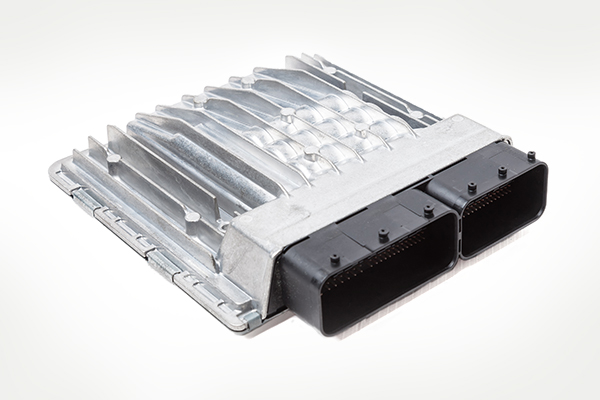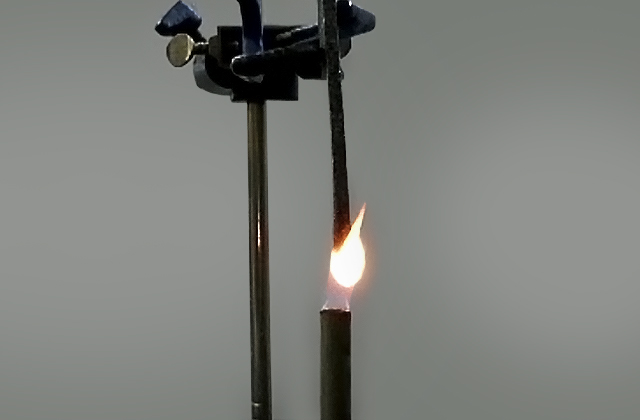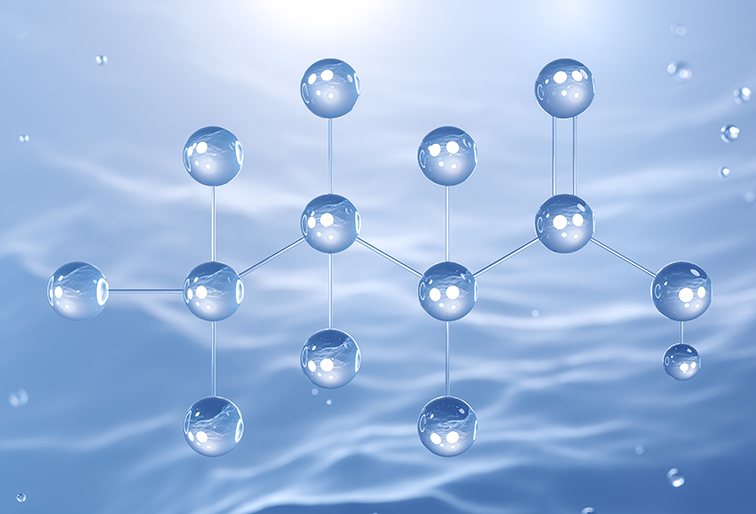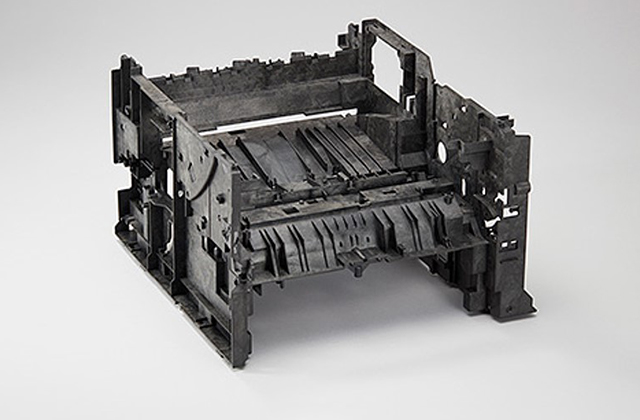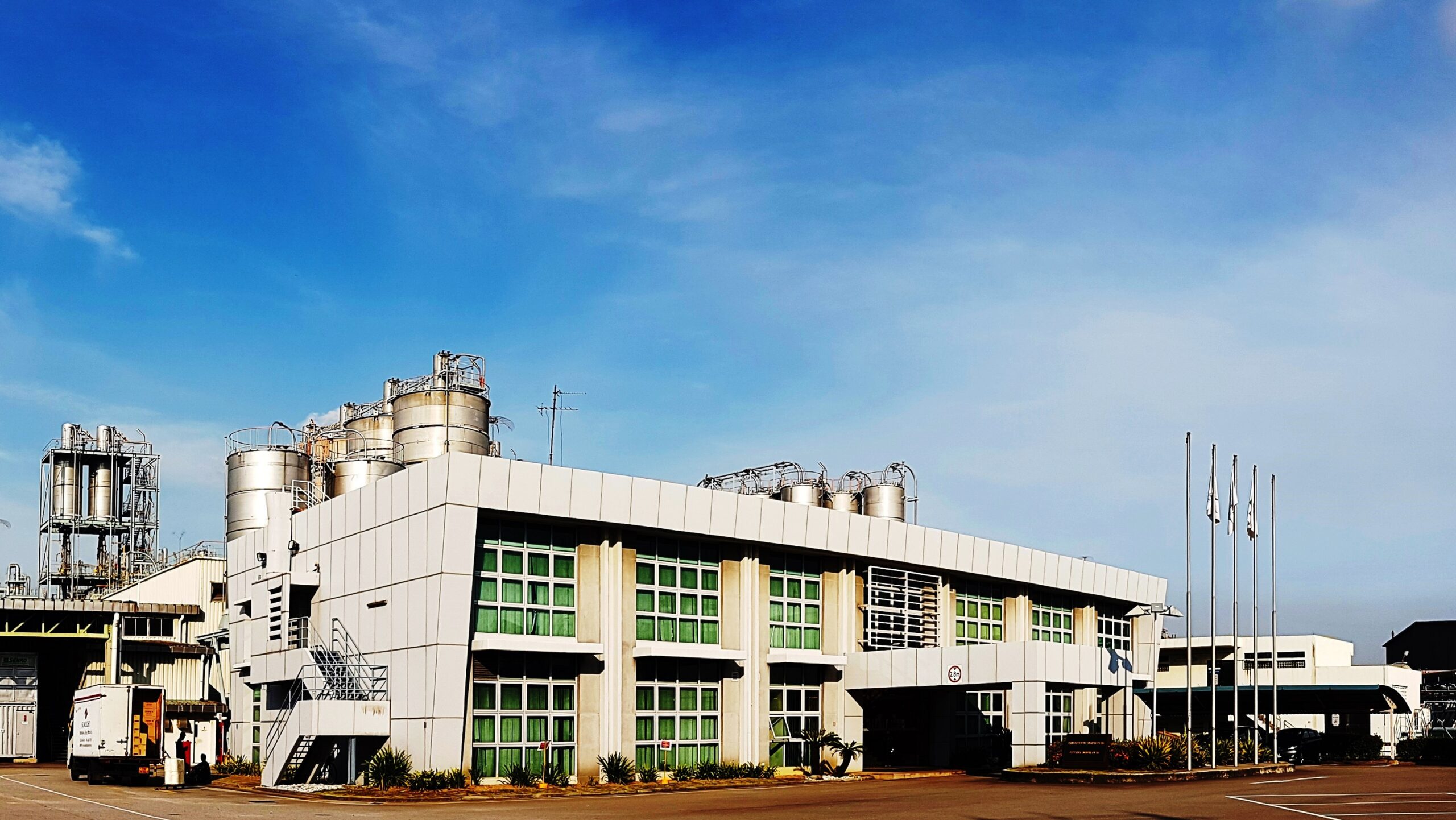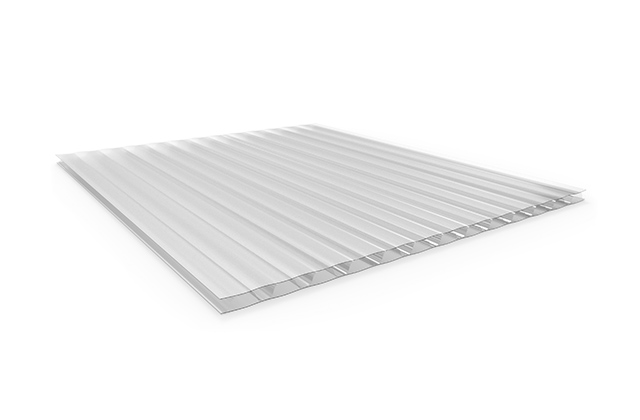
- TOP
- Basic knowledge engineering plastics
- What are modified polyphenylene ethers (modified PPE resins)?
What are modified polyphenylene ethers (modified PPE resins)?
An overview of modified PPE resins: key properties and common applications
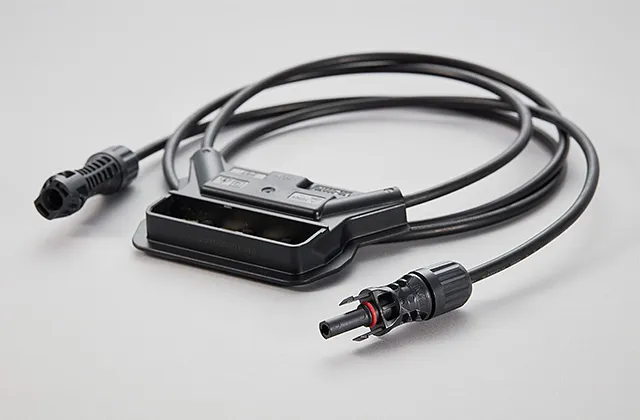
1.What are modified polyphenylene ethers (modified PPE resins)?
Modified polyphenylene ether (modified PPE or m-PPE) is the common name for a family of polymer alloys formed by blending modified polyphenylene ether (PPE) resin—a type of non-crystalline engineering plastic—with various other resins. PPE resin is a non-crystalline resin with a glass transition temperature around Tg=210°C; the primary molecular chains in this resin consist of benzene rings linked by ether bonds, making the resin highly resistant to hydrolysis. PPE resin exhibits low water absorption and boasts a low specific gravity of just 1.06, the smallest of all general-purpose engineering plastics. PPE resin also has the smallest linear-expansion coefficient of all general-purpose engineering plastics, ensuring excellent dimensional stability. Other advantages of PPE resin include its superior electrical properties, including excellent dielectric permittivity and loss tangent over a wide frequency range. PPE resin is further distinguished by its outstanding resistance to acids and alkalis. On the other hand, drawbacks of pure PPE resin include high molten-state viscosity—making it difficult to mold into desired shapes—and susceptibility to degradation in the presence of aromatic hydrocarbon-based solvents such as oils.
Modified polyphenylene ether is also called modified polyphenylene oxide (modified PPO or m-PPO). However, PPO is a registered trademark, and the generic name is PPE.
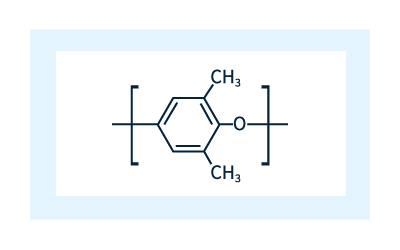 Figure 1: Chemical structure of modified polyphenylene ether.
Figure 1: Chemical structure of modified polyphenylene ether.
PPE resin is rarely used in its pure form, but is frequently blended with polystyrene (PS) or other resins to yield a wide variety of alloy materials. Alloys of PPE and PS can achieve complete solubility for arbitrary values of the PPE/PS constituent ratio, and this fact can be exploited to improve fluidity and cover a wide range of heat-resistant behavior, making PPE/PS among the most important of all polymer-alloy systems. PPE resins are also easily blended with non-brominated, non-chlorinated flame retardants to yield flame-retardant materials. Additionally, PPE may be alloyed with materials such as polyamide (PA), polypropylene (PP), polyphenylene sulfide (PPS), or elastomers such as SEBS to yield new materials combining the above-noted advantages of PPE resins with the features of the various partner resins.
The process of alloying PPE resin with other resins to improve material properties is known as modification, and the resulting materials are known as modified PPE (m-PPE) resins.
2.Production of modified polyphenylene ether (modified PPE) resins
2-1. Production of PPE
PPE production begins with the synthesis of 2,6-xylenol from phenol and methanol. The 2,6-xylenol is then used as the basic ingredient for an oxidative polymerization (oxidative coupling) process that produces esters through a dehydration reaction between OH groups in 2,6-xylenol and the H (hydrogen) atom at the 4-site of neighboring benzene rings in 2,6-xylenol. PPE is synthesized through repeated occurrences of this reaction.
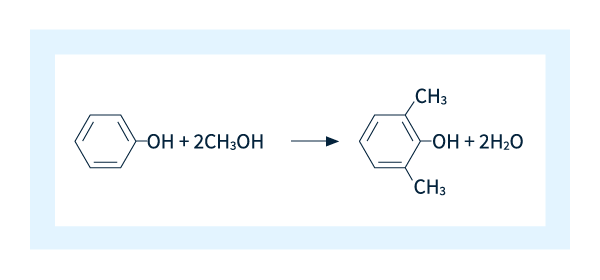 Figure 2: Production of 2,6-xylenol.
Figure 2: Production of 2,6-xylenol.
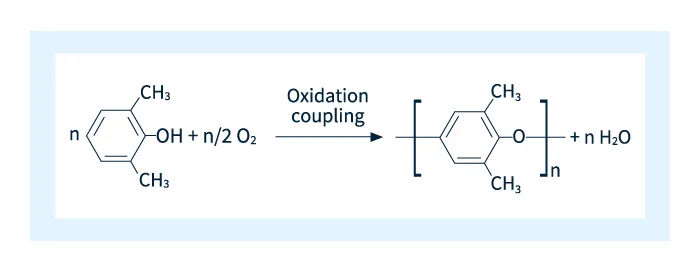 Figure 3: Production of PPE.
Figure 3: Production of PPE.
2-2. Production of modified PPE
As noted above, pure PPE resin has extremely high viscosity in its molten state, making it difficult to mold into desired shapes. To improve its molding behavior, PPE is typically compounded with other resins to yield alloys known as modified PPE resins. The term compounding refers to a process in which a base resin is blended with other substances—including other resins, strengtheners, dyes or pigments for coloration, or various other types of additives providing specific properties—to achieve desired levels of performance and functionality. A key advantage of modified PPE resins is the enormous variety of polymer alloys—satisfying an enormous variety of material needs—that may be achieved by varying the type and proportion of the partner materials added during the compounding process. Some of the most important categories of polymer alloys are discussed below in Section 4, Varieties and applications of modified polyphenylene ether (modified PPE) resins.
3.Key features of PPE and modified PPE resins
• Heat resistance:
Pure PPE resin has a glass transition point of approximately 210°C. Modified PPE resins exhibit a range of behavior depending on the partner material used to form the alloy: from high-fluidity grades with heat deflection temperatures below 100°C to highly heat-resistant grades with heat deflection temperatures above 200°C.
• Flame retardance:
The oxygen index (a measure of the quantity of oxygen needed for combustion) for pure PPE resin is 28, a high value indicating that it is relatively easy to make this material flame-retardant. Asahi Kasei's lineup of modified PPE resins includes several grades with excellent flame retardance at the UL94 V-0 level.
• Low specific gravity:
PPE resin is a lightweight material whose specific gravity—just 1.06—is the lowest of all engineering plastics.
• Electrical insulation:
PPE resins have high volumetric resistivity, making these materials excellent electrical insulators. The outstanding tracking resistance and other favorable electrical properties of PPE resins make these materials a common choice for a wide variety of products.
• Low water absorption:
Pure PPE resin is a low-water-absorption material. Modified PPE resins retain this advantage, exhibiting minimal change in physical properties and minimal dimensional variation upon water absorption.
• Hydrolysis resistance:
Modified PPE resins boast excellent heat resistance, and the absence of esters or amides from their chemical structures also ensures excellent resistance to warm water and to hydrolysis.
• Resistance to acids and alkalis:
A characteristic feature of modified PPE resins is their strong resistance to acids and alkalis.
• Low dielectric permittivity and low dielectric loss tangent:
PPE resin exhibits low dielectric permittivity and low dielectric loss tangent over a wide range of frequencies—and these properties remain largely unchanged across variations in operating temperature and humidity. The low transmission losses achievable with modified PPE resins make these materials a common choice for components of information and communication systems.
• Low linear-expansion coefficient:
PPE resin exhibits the lowest linear-expansion coefficient of all engineering plastics, minimizing shrinkage during molding and ensuring excellent dimensional stability and dimensional precision.
→ Click here for an overview of Asahi Kasei's XYRON™ family of modified PPE resins
4.Varieties and applications of modified polyphenylene ether (modified PPE) resins
(1) PS alloys
The archetypical examples of polymer alloys are alloys between PPE and polystyrene (PS). The ability of these alloys to achieve complete solubility for arbitrary values of the PPE/PS constituent ratio may be exploited to improve fluidity and cover a wide range of heat-resistant behavior. PPE/PS alloys are easily made flame-retardant by adding non-brominated, non-chlorinated flame retardants, and the excellent electrical properties of these materials make them a common choice for electrical and electronic components. In particular, alloys containing a high ratio of PS to PPE offer excellent fluidity and may be used as materials for large molded components such as electrical appliance chassis. On the other hand, grades containing a high ratio of PPE to PS offer outstanding heat resistance and are used for products such as junction boxes in solar-power generation systems.
Blending PPE/PS alloys with glass fibers or other fillers can yield compounds with improved strength, rigidity, and dimensional precision. Common applications of such filler-reinforced grades include cases and chassis for printers, office appliances, and other precision instruments—which require the high dimensional stability of modified PPE resins—as well as pumps, mixing valves, and other components of water supply/drainage systems, which must be hydrolysis-resistant.
In recent years, the range of applications for PPE/PS alloys has broadened to include vehicle-mounted battery systems—which exploit the low specific gravity, heat resistance, and dimensional stability of these materials—and next-generation communication systems, which take advantage of their low dielectric permittivity and low dielectric loss tangent. Going forward, there is every reason to expect continued expansion in the market for PPE/PS alloys.
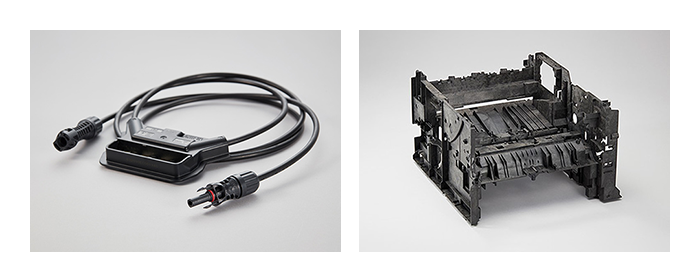 Examples of products made from PPE/PS alloys. Left: Connector for solar-power generator. Right: Printer chassis.
Examples of products made from PPE/PS alloys. Left: Connector for solar-power generator. Right: Printer chassis.
(2) PA alloys
Polyamide (PA) is an engineering plastic whose excellent heat resistance, strength, and oil resistance have made it a widely-used material for automotive components. However, the highly water-absorbent nature of PA can give rise to significant variation in material properties and component dimensions depending on usage environment, a point that demands careful consideration for practical deployment. Because PPE exhibits almost no water absorption, alloying with PPE can dramatically reduce the water absorption of PA, mitigating a key drawback of PA resins. This possibility has been exploited to develop PA alloy materials for use in forming automotive electrical-system components and related products.
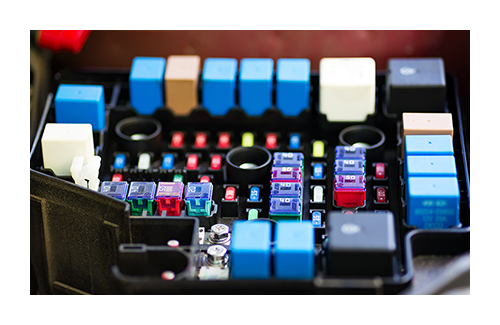 Typical application of PPE/PA alloys: Vehicle-mounted relay block
Typical application of PPE/PA alloys: Vehicle-mounted relay block
(3) PP alloys
Polypropylene (PP) is a general-purpose plastic offering an excellent balance of desirable properties, including low specific gravity, oil resistance, chemical resistance, strength, and toughness. Alloys of PPE with PP offer improved heat resistance and dimensional precision compared to conventional PP materials and are used for applications such as vehicle-mounted battery systems.
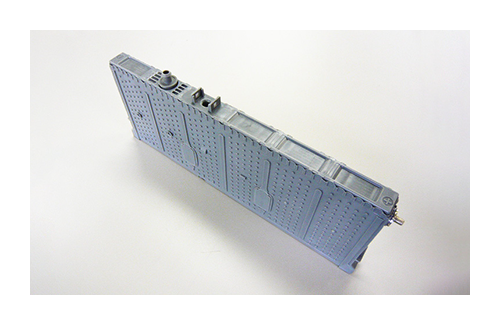 Typical application of PPE/PP alloys: NiMH battery case
Typical application of PPE/PP alloys: NiMH battery case
(4) Super-engineering plastic alloys
Asahi Kasei also develops alloy materials in which PPE is blended with the super engineering plastics polyphenylene sulfide (PPS) and polyphthalamide (PPA), both of which are highly heat-resistant materials. PPS/PPE alloys offer improved dimensional stability and better warping behavior than pure PPS, while PPA/PPE alloys offer lower water absorption and reduced variation in material properties and component dimensions under water absorption compared to pure PPA.
As this overview demonstrates, alloy materials made with modified PPE resins boast a broad spectrum of outstanding physical properties and are used for a wide variety of applications.
→Click here to see Asahi Kasei's grade lineup of XYRON™ modified PPE resins
→Click here to learn more about common applications and recommended uses for Asahi Kasei's XYRON™ modified PPE resins
5.Molding techniques for modified polyphenylene ether (modified PPE) resins—and practical considerations to keep in mind
This discussion will address general aspects of injection molding, the most common method for forming modified PPE resins into products. To obtain high-quality molded products, the molten resin temperature must be properly tuned to yield adequate fluidity during the molding process while avoiding thermal degradation. Because fluidity and heat resistance vary from one material grade to another, we cannot specify a single, universal resin temperature that will be optimal in all cases; what we can say is that, if the temperature is too low, the resin will not exhibit sufficient fluidity and the molding process will not proceed correctly, yielding large shape distortions in formed products—while, if the temperature is too high, the resin material may degrade, possibly accompanied by discoloration and/or gas emission.
Resin degradation during molding is promoted by the presence of moisture, the presence of impurities (including other types of resin), and long hold times. Avoiding these risks requires using sufficiently large molds and establishing suitable conditions for the molding process.
For the same reasons, it is desirable to use relatively large runners for molds and to establish vent pathways for gas emissions. Note also that releasing agents and lubricants used in molds can cause cracks in formed bodies; to avoid this, allow an adequate release gradient and restrict the use of releasing agents to the smallest possible quantities. When using releasing agents, please consult Section 11 (Chemical resistance) of the technical handbook. Particularly for modified PPE resins, the adhesion of any residual oil is a common cause of crack formation, so please take care to avoid adhesion of mechanical oil during processing steps and to select releasing agents, sprays, and cleaning agents with careful consideration of any undesirable consequences.
In summary, the following guidelines should be observed when molding modified PPE resins.
• Subject molding materials to a drying process under suitable conditions.
• Choose molds appropriate for the shot volumes in question.
• Plasticize under conditions chosen to avoid localized regions of high temperature or high shear stress.
• Devote adequate attention to cleaning and maintaining molds; avoid regions of irregularly high temperature, residual impurities, and regions in which excess material may collect.
• When using recycled material, take care to ensure adequate drying and avoid impurity contamination.
• Allow adequate release gradient and minimize use of releasing agents.
* Please refer to the following sources for practical considerations regarding the use of Asahi Kasei's XYRON™ family of modified PPE resins.
→製品設計基準
→The following portions of the technical handbook: Section 7 (Design guidelines for molded bodies), Section 8 (Mold design), Section 9 (Practical considerations for the molding process), Section 10 (Secondary processing), and Section 11 (Chemical resistance)
→The Foundations of CAE Analysis series, specifically Volume 4: What is injection molding?
6.Modified PPE resins and environmental sustainability
As discussed above, the excellent heat resistance and hydrolysis resistance of PPE ensure minimal performance degradation during product use, as well as minimal change in physical properties upon regrinding of material fragments such as sprues and runners. These features also ensure that the performance of PPE resins is relatively easy to preserve through recycling and reuse.
Broadly speaking, there exist two general strategies for increasing the sustainability of modified PPE resins.
6-1. Producing PPE from biomass
The ingredients of PPE, phenol and methanol, are typically produced from fossil fuels. However, PPE can also be made biomass-compliant by using phenol and methanol derived from biomass sources.
One common strategy for this purpose is the mass-balance method. This method is motivated by the practical reality that factories designed to manufacture products from fossil fuels cannot be easily or quickly transformed to produce products from 100% biomass ingredients. Instead, the mass-balance method blends conventional fossil-fuel ingredients with some proportion of biomass-derived ingredients within the manufacturing process; the resulting products can then be certified as partially biomass-compliant depending on the proportion of biomass ingredients used to make them.
6-2. Producing partner resins for modified PPE alloys—including polystyrene and polyamide—from recycled materials and biomass ingredients
Some of the resins with which PPE is commonly alloyed, including polystyrene and polyamide, are already made from biomass-derived ingredients or from recycled or reused material. Blending PPE with these materials yields modified PPE resins with reduced environmental footprints.
→Click here to learn more about recycled grades of Asahi Kasei's XYRON™ modified PPE resins
Column: Techniques for improving blending in polymer alloys
Polymer alloys are a powerful tool for meeting a wide variety of material needs—but not all combinations of materials necessarily blend well with one another. Imperfect blending of alloy partners can have the contradictory effect of worsening material performance, particularly through peeling and rupture at material interfaces.
As noted above, PPE and polystyrene (PS) blend together extremely well—so well, in fact, that no other material combination is known to allow such natural blending. The ease with which two materials can be blended may be assessed using a benchmark known as the sp value; PPE and PS have nearly identical sp values, indicating good blending properties.
Materials that do not naturally blend well together may nonetheless be successfully blended by adding compatibilizing agents— substances carefully selected to have good blending properties with each of the materials one wishes to combine. As illustrated in Figure 4, because the compatibilizing agent is compatible with both material A and material B it may be blended into either material to increase the ease of blending the two materials together.
Among modified PPE resins, compatibilizing agents are used to facilitate blending in the production of PA+PPE and PP+PPE alloys.
 Figure 4: How compatibilizing agents facilitate blending of resins
Figure 4: How compatibilizing agents facilitate blending of resins
(Written by Isao Sato, Isao Sato Technical Office)
Asahi Kasei is dedicated to providing a full-fledged grade lineup of engineering-plastic products—and to exploiting our unique technological expertise to improve product performance. Please contact us to ask any questions, discuss any concerns, and request samples.
Please contact us to ask any questions, discuss any concerns, and request samples.







